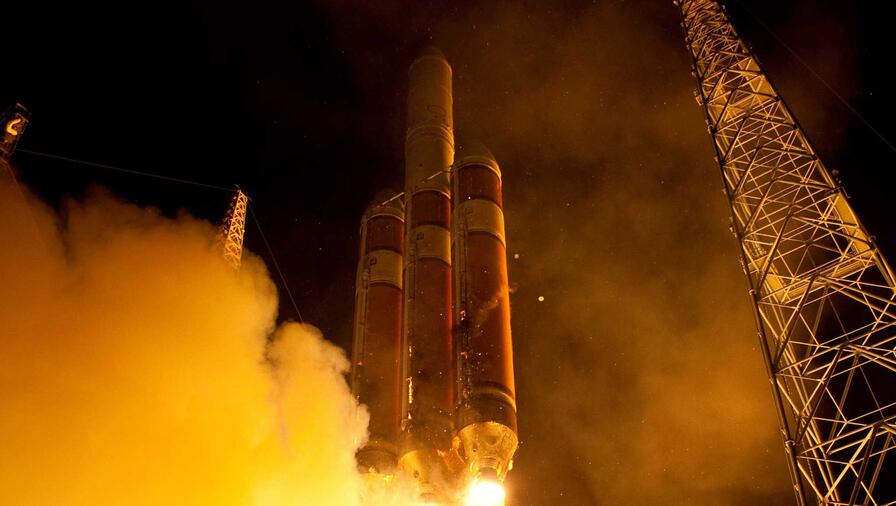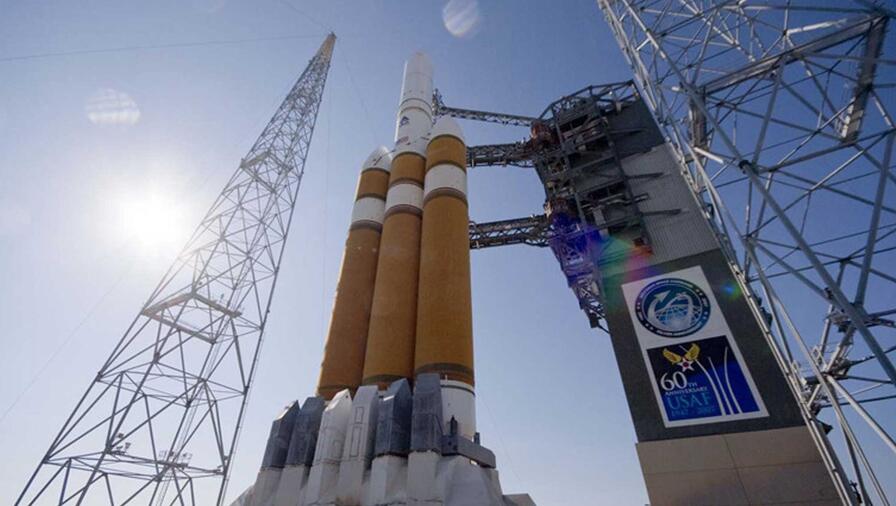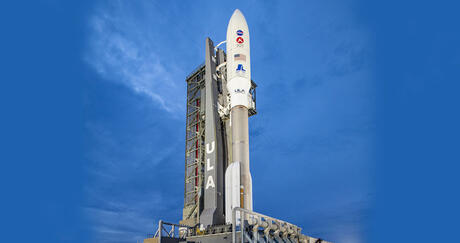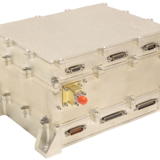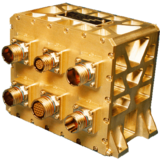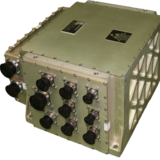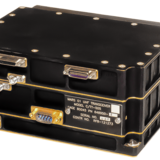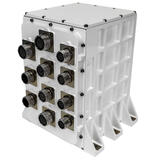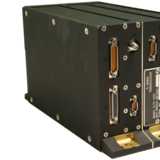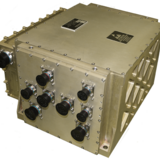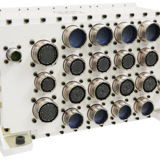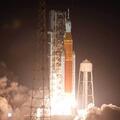The Delta II, which was developed by the McDonnell Douglas Corporation, was a reliable workhorse that launched a wide range of payloads into space. It was first used to launch the Global Positioning System (GPS) in 1989 and went on to launch numerous other satellites, including the Mars rovers Spirit and Opportunity and the Kepler space telescope. L3Harris payloads and components have been on board every U.S. GPS satellite. The Kepler primary mirror assembly and components were manufactured by L3Harris and the L3Harris transceivers on the Spirit and Opportunity have more than 180,000 service hours on Mars.
In 1997, McDonnell Douglas merged with Boeing, which led to the development of the Delta III rocket. The Delta III was intended to carry larger payloads than the Delta II and had only three launches between 1998 and 2000. The Delta III was eventually replaced by the Delta IV, also developed by Boeing.
The Delta IV rocket, built by United Launch Alliance, is a heavy-lift launch vehicle that was first flown in 2004. The rocket was designed to meet the needs of the U.S. Air Force's Evolved Expendable Launch Vehicle (EELV) program, which aimed to provide reliable and cost-effective access to space for national security missions.
The Delta IV Heavy is the rocket with three cores that are strapped together, and each core has a complete suite of L3Harris avionics, so each Delta IV Heavy carries dozens of L3Harris units.
The Delta IV, which had its first launch in 2002, was designed to be a more capable and flexible rocket than its predecessors. It had a variety of configurations that could be tailored to meet the needs of different missions, and it was used to launch a wide range of military and civilian satellites. One of its most notable missions was the launch of NASA's Parker Solar Probe in 2018, which is currently studying the sun at close range to answer questions about solar physics that have puzzled scientists for decades.
Dan Titus, Integration and Test Scientist, has worked on rocket programs, including the Delta rockets, since he started with an L3Harris predecessor company as a co-op in the 1980s. The space group was small with only a few products that included command destruct receivers. He has witnessed the group grow and change as its products have developed into the robust suite of dozens of solutions engineered, developed, manufactured, tested and qualified in Mason, Ohio.
“Our heritage was built on a product that shines during rocket failure which is never the intended outcome,” said Titus.
“We are trusted in the launch community because of heritage and performance,” said Ed Murphy, Senior Specialist, Project Engineering. L3Harris products are engineered to have redundancy, intentional duplication of critical components or functions of a system which increases reliability of the components.
“Redundancy is built-in because failure isn’t an option in spaceflight,” said Murphy.
Murphy witnessed the launch of the Parker Solar Probe on August 12, 2018, and he has toured the ULA facility in Decatur, Alabama. “When we witnessed the launch, our group was as close as officials allow you to be during a launch. You feel a rumble in your chest and feel pride in the part we play in the launch.”
As a project engineer, Murphy has supported dozens of avionics boxes and appreciates the role L3Harris serves in successful launches.
“They (ULA) can’t do what they do without the L3Harris avionics boxes,” said Murphy. “At the launch we had an extensive tour and we were introduced to Tory Bruno, ULA President and CEO. “He knew what our company provided and thanked us for all we do for Delta and ULA. Our parts were important and Tory Bruno recognized that,” he said.
Jeff Vetter, Systems Engineering Scientist, likens L3Harris technology to “electronic brains” and has seen L3Harris develop cutting edge technology to make spaceflight safer and more secure.
“There is a lot of pride every time a rocket launches with our technology,” Vetter said. “Our products protect people and structures in the path of the rocket. L3Harris participated in a government working group to develop a new encryption algorithm, using a secure key that would take more than 100 years to crack the code for an individual launch.”
Delta rockets were important in advancing the nation’s understanding of space. They launched satellites that helped the country navigate, explore the solar system and study the universe. The legacy of Delta rockets lives on in the knowledge and discoveries they helped make possible, all with highly reliable L3Harris avionics on board.
“Space flight lights people’s imaginations and L3Harris enables that,” said Murphy.

